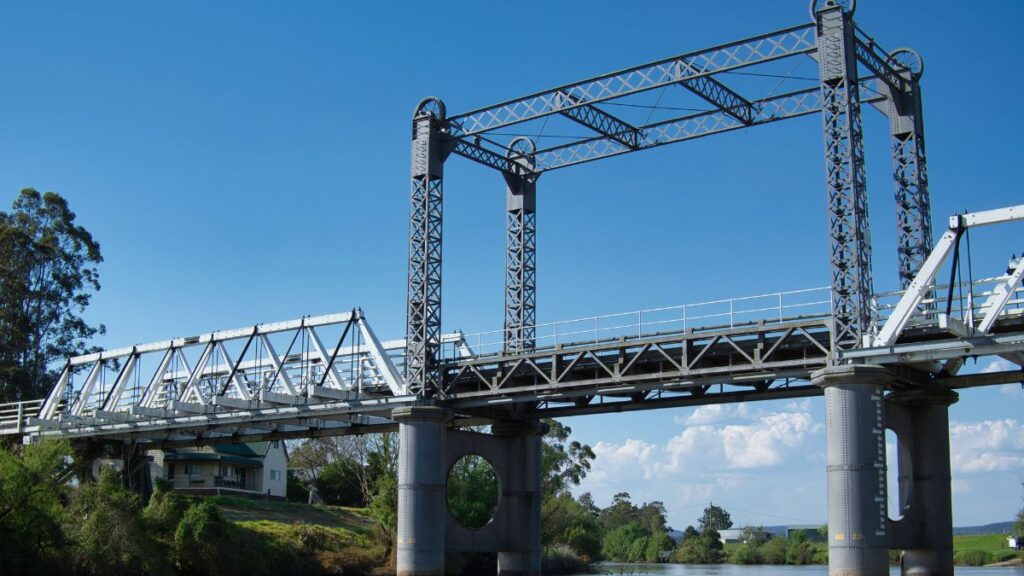Modern buildings are more than just concrete and steel; they’re complex ecosystems of interconnected technologies. From advanced security systems and automated climate control to intelligent lighting and high-speed data networks, smart systems are now fundamental to a building’s function. However, the true potential of these technologies is often limited by a gap between their design and the physical construction process.
Bridging this divide is essential for creating buildings that are not only innovative but also efficient, sustainable, and future-proof. This post will explore the importance of integrating smart system design into the earliest stages of construction and how this holistic approach is shaping the buildings of tomorrow.
The Disconnect Between Design and Construction
Traditionally, construction projects follow a linear path. Architects design the structure, engineers plan the core systems like plumbing and electrical, and construction teams bring the blueprints to life. Technology systems—like security, AV, and IT infrastructure—are frequently treated as an afterthought, layered on late in the process.
This siloed approach creates several significant challenges:
- Costly Rework: Adding cabling, sensors, or control panels after walls are sealed and floors are finished requires expensive and time-consuming rework. Cutting into drywall, running new conduits, and patching up surfaces can lead to budget overruns and project delays.
- Compromised Performance: When systems are not planned for, they may be installed in suboptimal locations. For example, Wi-Fi access points might be placed where they provide poor coverage, or security cameras might have obstructed views. This compromises the system’s functionality and the end-user experience.
- Integration Headaches: Different smart systems often come from various vendors and may not be designed to work together seamlessly. Without early planning, achieving a unified, centrally managed system becomes a complex and often frustrating task, leading to multiple apps and control panels instead of a single, intuitive interface.
- Aesthetic Clashes: Technology hardware that isn’t integrated into the original design can clash with the building’s aesthetic. Visible wires, bulky equipment, and awkwardly placed devices can detract from the intended look and feel of a space.
The Power of Integrated Design
Integrating smart system design from the project’s inception transforms the construction process and delivers superior results. When architects, builders, and technology experts collaborate from day one, they can create a cohesive plan that accounts for both the physical structure and the digital infrastructure.
This collaborative model, sometimes facilitated by building technology consultants, ensures every element is considered. For instance, the placement of electrical outlets and data ports is coordinated with furniture layouts, and pathways for low-voltage cabling are incorporated into the building’s framework.
Key Benefits of an Integrated Approach
- Enhanced Efficiency and Cost Savings: By planning for technology early, projects can avoid the need for costly retrofitting. Cabling can be run before walls are closed, and space for equipment racks and control panels can be allocated in the initial design. This proactive approach saves money, reduces waste, and keeps the project on schedule.
- Optimized System Performance: Collaboration ensures that technology is placed for maximum effectiveness. This means strategically located sensors for lighting and climate control, perfectly positioned speakers for audio systems, and robust network infrastructure that guarantees reliable connectivity throughout the building.
- Seamless User Experience: An integrated design philosophy aims to create a building where technology works harmoniously. Systems can be unified under a single control interface, allowing occupants to easily manage lighting, temperature, security, and entertainment from a smartphone or a central touch panel.
- Future-Ready Buildings: Technology evolves rapidly. A forward-thinking design process anticipates future needs by incorporating flexible infrastructure, like accessible conduits and scalable network hardware. This makes it easier and more affordable to upgrade or add new technologies down the road without major renovations.
- Improved Sustainability: Smart systems play a crucial role in making buildings more energy-efficient. Automated lighting that turns off when a room is empty, HVAC systems that adjust based on occupancy, and smart shades that regulate solar heat gain all contribute to reducing a building’s carbon footprint. Integrating these systems from the start maximizes their impact.
Building for a Smarter Tomorrow
The worlds of construction and technology are no longer separate. To create spaces that meet the demands of modern life, we must treat a building’s digital infrastructure with the same importance as its physical foundation. By fostering collaboration between architects, builders, and technology designers, we can move beyond simply adding tech to a building and instead create truly intelligent environments.
This integrated approach doesn’t just result in better buildings; it delivers spaces that are more efficient, secure, comfortable, and prepared for the innovations of the future. The next time you begin a construction project, consider how an early focus on smart system design can help you build not just for today, but for a smarter tomorrow.






